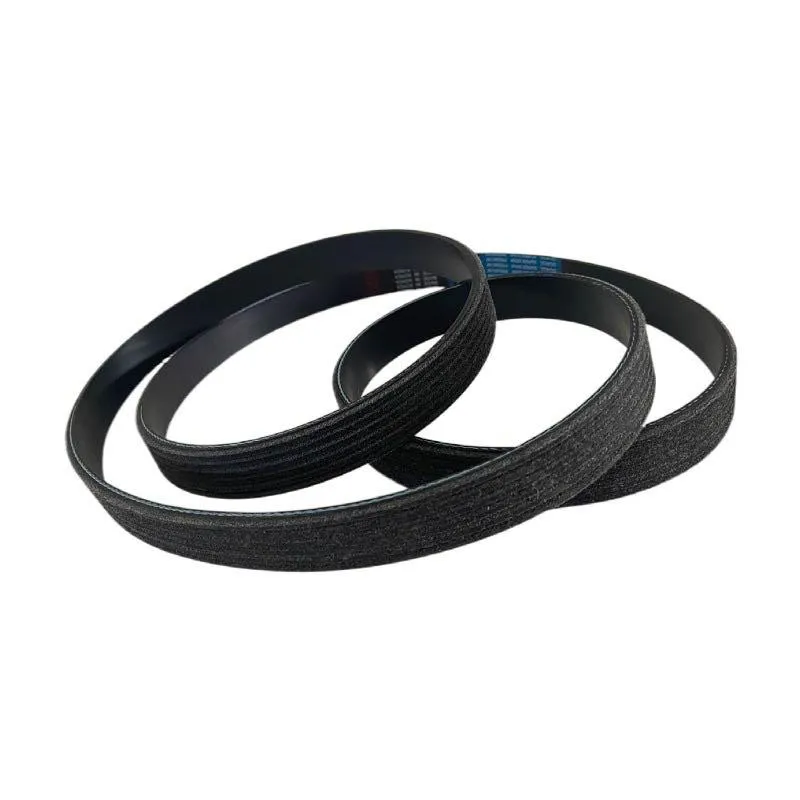- Arabic
- French
- Russian
- Spanish
- Portuguese
- Turkish
- Armenian
- English
- Albanian
- Amharic
- Azerbaijani
- Basque
- Belarusian
- Bengali
- Bosnian
- Bulgarian
- Catalan
- Cebuano
- Corsican
- Croatian
- Czech
- Danish
- Dutch
- Afrikaans
- Esperanto
- Estonian
- Finnish
- Frisian
- Galician
- Georgian
- German
- Greek
- Gujarati
- Haitian Creole
- hausa
- hawaiian
- Hebrew
- Hindi
- Miao
- Hungarian
- Icelandic
- igbo
- Indonesian
- irish
- Italian
- Japanese
- Javanese
- Kannada
- kazakh
- Khmer
- Rwandese
- Korean
- Kurdish
- Kyrgyz
- Lao
- Latin
- Latvian
- Lithuanian
- Luxembourgish
- Macedonian
- Malgashi
- Malay
- Malayalam
- Maltese
- Maori
- Marathi
- Mongolian
- Myanmar
- Nepali
- Norwegian
- Norwegian
- Occitan
- Pashto
- Persian
- Polish
- Punjabi
- Romanian
- Samoan
- Scottish Gaelic
- Serbian
- Sesotho
- Shona
- Sindhi
- Sinhala
- Slovak
- Slovenian
- Somali
- Sundanese
- Swahili
- Swedish
- Tagalog
- Tajik
- Tamil
- Tatar
- Telugu
- Thai
- Turkmen
- Ukrainian
- Urdu
- Uighur
- Uzbek
- Vietnamese
- Welsh
- Bantu
- Yiddish
- Yoruba
- Zulu
Set . 17, 2024 00:39 Back to list
V Belt for Compressor - High-Quality Replacement V Belts
Understanding V Belts for Compressors
V belts are essential components in many mechanical systems, including compressors, where they play a critical role in power transmission. These belts are designed to transfer rotational motion and power between different parts of machinery efficiently. In this article, we will explore the importance of V belts in compressors, their types, maintenance tips, and the factors to consider when selecting the right V belt for your compressor.
Importance of V Belts in Compressors
Compressors are pivotal in various industries, providing essential services such as refrigeration, air compression, and pneumatic power. The V belt connects the compressor motor to the crankshaft, ensuring that the mechanical energy produced by the motor is transferred effectively to the compressor unit. This energy transfer is crucial for maintaining the compressor's operational efficiency and performance.
The design of V belts allows them to grip pulleys firmly, minimizing slippage during operation. This characteristic is vital in compressors, where maximum torque and power consistency are necessary to achieve optimal performance. Moreover, V belts reduce vibrations and noise, contributing to a more stable and quieter operational environment.
Types of V Belts
There are various types of V belts available, each suited for specific applications. The most common types include
1. Classic V Belts These are the traditional belts with a standard V-shaped cross-section, ideal for light to medium-duty applications.
2. Narrow V Belts These belts have a narrower profile, allowing for more belts to fit in the same space, thus increasing power transmission capabilities without expanding the pulley size.
3. Cogged V Belts Featuring notches along the length, cogged belts provide better flexibility and grip, making them suitable for high-speed applications.
4. Synchronous V Belts These belts are designed for precise timing applications, ensuring that the two connected shafts maintain synchronization.
Maintenance Tips
v belt for compressor

Regular maintenance of V belts is essential for the longevity and reliability of compressors
. Here are some maintenance tips to consider- Visual Inspection Regularly check the belt for signs of wear, cracking, or fraying. Any visible damage should be addressed promptly.
- Tension Adjustment Ensure that the belt has the correct tension as specified by the manufacturer. A belt that is too loose can slip, while one that is too tight can cause excessive wear on both the belt and the pulleys.
- Alignment Check The pulleys must be aligned properly to prevent uneven wear on the belt. Misalignment can lead to premature failure.
- Cleaning Keep the belt and pulleys free from dust and debris, which can affect performance.
Selecting the Right V Belt
When selecting a V belt for your compressor, consider the following factors
- Load Requirements Understand the power transmission needs of your compressor to choose a belt that can handle the load.
- Environmental Conditions Consider the operating environment, including temperature and exposure to chemicals.
- Compatibility Ensure that the belt is compatible with your compressor's pulley system in terms of size and type.
In conclusion, V belts are integral to the efficient functioning of compressors. By understanding their types, maintenance needs, and selection criteria, you can ensure optimal performance and longevity of your compressor systems. Regular attention to V belts will lead to improved efficiency, reduced downtime, and a more reliable operation.
-
Korean Auto Parts Timing Belt 24312-37500 For Hyundai/Kia
NewsMar.07,2025
-
7PK2300 90916-T2024 RIBBED BELT POLY V BELT PK BELT
NewsMar.07,2025
-
Chinese Auto Belt Factory 310-2M-22 For BMW/Mercedes-Benz
NewsMar.07,2025
-
Chinese Auto Belt Factory 310-2M-22 For BMW/Mercedes-Benz
NewsMar.07,2025
-
90916-02660 PK Belt 6PK1680 For Toyota
NewsMar.07,2025
-
drive belt serpentine belt
NewsMar.07,2025

